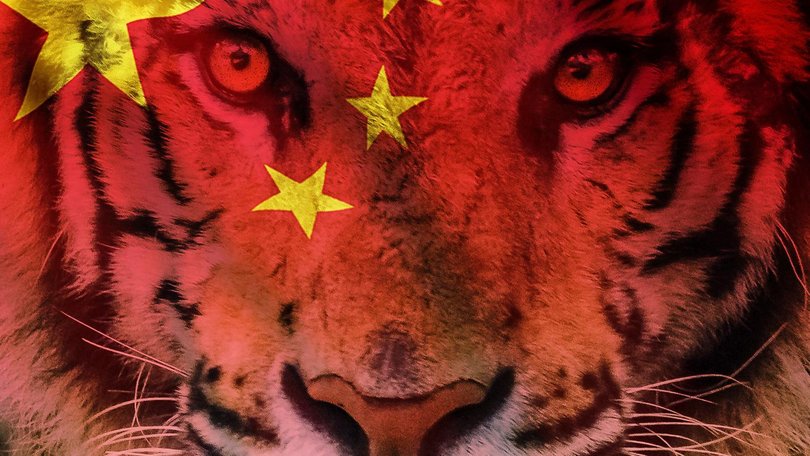
Asian Tiger: Economic and Cultural Significance
Exploring the Four Asian Tigers and the Tiger in Chinese Culture
Economic Context: The Four Asian Tigers
The term "Asian Tiger" refers to the four highly developed economies of Hong Kong, Singapore, South Korea, and Taiwan, known as the "Four Asian Dragons" or "Four Little Dragons." These nations achieved rapid industrialization and economic growth from the 1960s to the 1990s, transforming into global hubs for finance and technology [1], [2].
- Growth Drivers: Export-oriented policies, strong government support, and investments in education and infrastructure fueled growth rates exceeding 7% annually during their peak [1], [3].
- Economic Impact: Hong Kong and Singapore became global financial centers, while South Korea and Taiwan excelled in technology and manufacturing, contributing to the "Asian Miracle" [2].
- Key Factors: Stable macroeconomic policies, high savings rates, and an educated workforce enabled sustained development, setting a model for emerging economies [1], [2].
Cultural Context: The Tiger in Chinese Culture
In Chinese culture, the tiger is revered as the "king of beasts," symbolizing strength, courage, and protection. It holds a significant place in mythology, art, and traditions, embodying both spiritual and cultural importance [4], [5].
- Symbolism: Believed to ward off evil spirits, fire, and thieves, the tiger is associated with the God of Wealth and cosmic harmony through the Five Tigers (White, Black, Blue, Red, and Yellow) [4], [6].
- Chinese Zodiac: As the third zodiac sign, the tiger represents bravery, leadership, and competitiveness, influencing those born in its years (e.g., 2022, 2010) [5], [6].
- Cultural Practices: Tiger imagery appears in art, folklore, and traditions, such as tiger-headed shoes worn by children for luck and protection [4], [5].
Conclusion
The term "Asian Tiger" encapsulates two distinct but powerful concepts. Economically, it refers to the remarkable growth of Hong Kong, Singapore, South Korea, and Taiwan, whose export-driven policies and innovation created the "Asian Miracle," shaping global markets [1], [2]. Culturally, the tiger in Chinese tradition symbolizes strength, protection, and cosmic balance, deeply embedded in art, mythology, and the zodiac [4], [5]. Together, these meanings highlight the dynamic economic and cultural influence of Asia on the global stage.